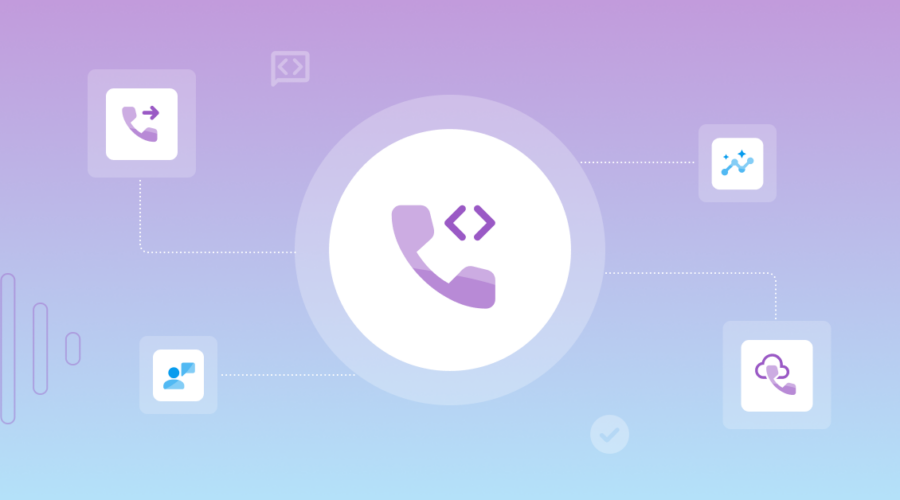Today’s messaging landscape can be complicated and confusing, especially when you’re sending thousands or millions of messages at scale. Application-to-person messaging routes (known in the industry as A2P) are used for high-volume alerts, notifications, marketing, and other information your customers depend on. So, making sure they get delivered is critical to your business.
The third video in our “Message Deliverability: It’s not as simple as hitting send” series looks at the differences between the three types of A2P messaging—short codes, toll-free, and local 10-digit numbers (10DLC).
So how much difference can the number you use really make?
Short codes vs. toll-free vs. local 10-digit numbers
In the past, 5-or 6-digit short codes were the only way to send high-volume A2P messages, but with technology evolving, toll-free and local 10DLC numbers can now also deliver A2P messages at scale.
So, which type of A2P messaging is right for you? Let’s have a look.
Message volume
Toll-free numbers are now capable of sending the same volume of messages as short codes, and local numbers can be used for A2P messaging at varying throughput rates based on the use case. All it takes is a few special permission adjustments to your number, and you can be sending out sanctioned high-volume messages.
Number cost
Dedicated short codes have a monthly lease fee of over $500, in addition to your per message fees. Toll-free and 10DLC numbers cost just a few dollars, meaning you can save thousands of dollars every year in number costs alone.
Time-to-market
Because your short code use case has to be set up and approved by each carrier ahead of time via a campaign registration process, it can often take weeks or months before you can start sending messages. 10DLC numbers are generally faster but still require A2P campaign registration to get better treatment. Toll-free numbers can be set up in just a matter of days and are automatically considered A2P traffic, saving you valuable time.
User experience
Finally, think about the user experience you’re delivering. Short codes work great for ‘text-in’ campaigns like ‘Text DEALS to 555-55 to receive 20% off.’ They’re memorable and easy.
Toll-free and local numbers, on the other hand, use a number your customers may already be dialing for sales or support calls. If you’re sending messages on behalf of an entire brand, your toll-free number may be the most expected channel. If you’ve got a local brick-and-mortar or many locations, you may see a higher response rate by using a local number your customers may be more familiar with.
- Part 1: It’s not as simple as hitting “send”
- Part 2: A2P vs P2P Messaging
- Part 3: The 3 types of A2P messaging
- Part 4: The do’s and don’ts of business text messaging
- Part 5: How to measure your SMS delivery
Ready to get your messages delivered?
Now that you’ve found the right messaging product, let’s get those messages delivered!




